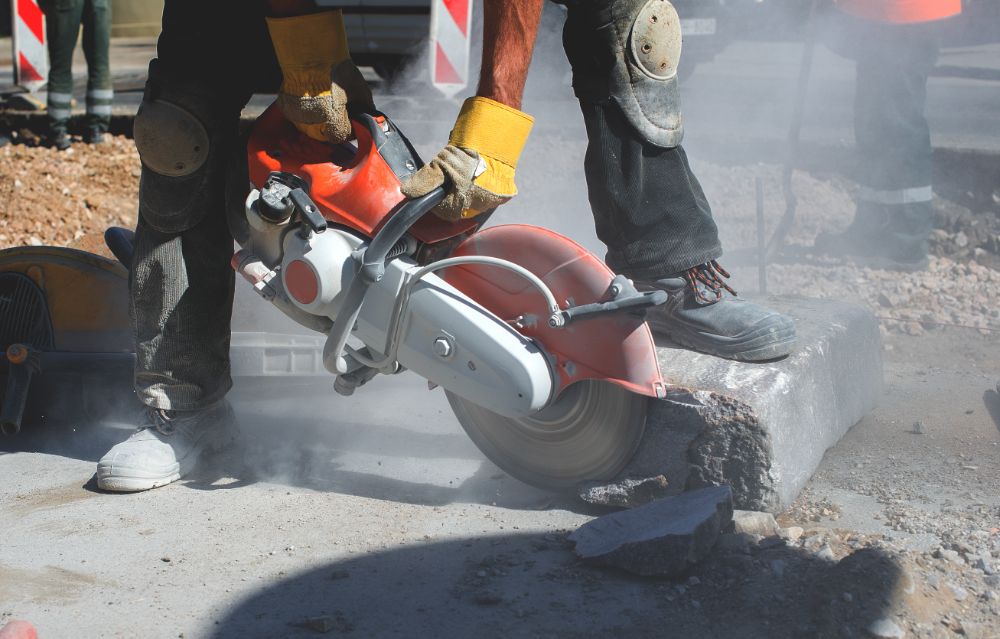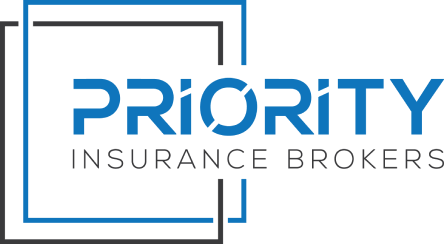Tools are essential for businesses and individuals and are used to perform various tasks and complete projects. However, tools are at risk of theft, damage, and other potential losses, which can lead to significant financial consequences. To mitigate these risks, many insurance providers offer insurance specifically tailored for tools. In this blog post, we will discuss the importance of tool insurance, its history, types of tools typically covered, basic policy features, optional coverages, factors affecting insurance premiums, steps to take before buying insurance, and best practices when filing a claim.
History of Tool Insurance
Insuring tools dates back to the early 20th century, when tool manufacturers offered insurance to their customers. However, this type of insurance was limited to repairing or replacing tools that were damaged during use. Later, specialised insurance providers emerged, offering broader coverage for tool loss or damage due to various risks, including theft. Today, tool insurance is available for both businesses and individuals, with a variety of coverage options to choose from.
Why Insure Your Tools?
Insuring your tools is important because it provides financial protection in case of tool loss, damage, or theft. For businesses, tool loss can lead to significant productivity and revenue losses, which can be devastating, especially for small businesses. For individuals, tool loss can be a significant financial burden, especially if the tools needed for work or hobbies are expensive. Insurance provides peace of mind and financial security in case the unexpected happens.
Types of Tools Covered

Tool insurance covers a range of items, including hand tools, power tools, and specialized equipment. Some policies may also cover tools in transit or stored off-site. Specialized tools, such as those used in construction or manufacturing, may require niche insurance products that cater to specific risks. It is important to review the coverage offered by a policy to ensure that it covers the particular tools used.
Basic Features of a Tool Insurance Policy
Coverage limits and deductibles are two important features of a tool insurance policy. Coverage limits determine the maximum amount the insurer will pay for tool loss or damage, while deductibles are the out-of-pocket amount the policyholder is responsible for before the insurance coverage kicks in. Another factor to consider is whether the policy offers replacement cost or actual cash value coverage. Replacement cost coverage pays for replacing the tools with new items, while actual cash value coverage pays for the tools’ current market value.
Optional Coverages and Add-ons
Depending on the policy, there may be optional coverages and add-ons available. One such add-on is tool breakdown coverage, which covers the cost of repairing or replacing tools that break down while in use. Another is business interruption coverage, which provides financial protection for business losses due to tool loss or damage. Off-site and transit protection may also be available for policies not covering these risks.
Factors Affecting Insurance Premiums
Several factors can affect the cost of tool insurance premiums, including the value of tools, location, security measures, and previous claim history. Insurers may require security enhancements, such as locking systems or surveillance cameras, to reduce the risk of tool theft or damage. They may also review the claim history of a policyholder to determine the likelihood of future claims.
Choosing the Right Insurance Provider
When choosing an insurance provider, it is essential to consider the insurer’s reputation, customer reviews, and claim processing speed. Work with an insurer with experience and expertise in the tools used. Compare insurance quotes from multiple providers to ensure the policy offers the coverage needed at a competitive price.
Steps to Take Before Buying Insurance
Before buying tool insurance:
- Take inventory of tools and determine their value. This will help in selecting a policy with appropriate coverage limits.
- Install security enhancements like locking systems or surveillance cameras to qualify for lower premiums.
- Compare quotes from several insurers, keeping in mind the policy features and coverage limits.
Filing a Claim: Best Practices
If a tool is lost, damaged, or stolen, immediately report it to the insurance provider. Provide documentation of the loss or damage, including receipts or invoices for the tools. Take photos or videos of the damage to support the claim. Be prepared to answer any questions the insurer may have and provide any additional information requested.
Conclusion
Tool insurance provides financial protection and peace of mind for businesses and individuals. Insuring tools is important to mitigate the risks of loss or damage that can lead to significant financial consequences. When choosing an insurance provider, consider the insurer’s reputation, policy features, and coverage limits. Take inventory of tools, install security enhancements, and compare quotes from several insurers before buying a policy. Finally, be prepared to provide documentation and answer questions when filing a claim. With the right insurance coverage, tool owners can protect their equipment and financial security. Contact an insurance broker like Priority Insurance Brokers today to learn more about tool insurance options.
Frequently Asked Questions
Why is tool insurance important?
Tool insurance offers financial protection against the risks of tool loss, damage, or theft. This is crucial for businesses to maintain productivity and revenue and for individuals to safeguard their financial investments in their tools.
Does tool insurance cover all types of tools?
Generally, tool insurance covers a wide range of items, including hand tools, power tools, and specialised equipment. However, the specific coverage might vary between policies, so it’s important to review the policy details.
Can I add more coverage to my tool insurance policy?
Yes, many insurers offer optional coverages and add-ons, such as tool breakdown coverage or business interruption coverage. Always check with your insurance provider for available options.
I’ve had my tools stolen. What do I do?
Report the theft to your insurance provider as soon as possible. Provide any requested documentation, such as receipts or invoices, and be prepared to provide additional information to support your claim.
Can I get a policy that covers my tools while they’re in transit or stored elsewhere?
Some policies offer coverage for tools in transit or those stored off-site. If this is a concern, ensure you choose a policy or add-on that provides this coverage.







